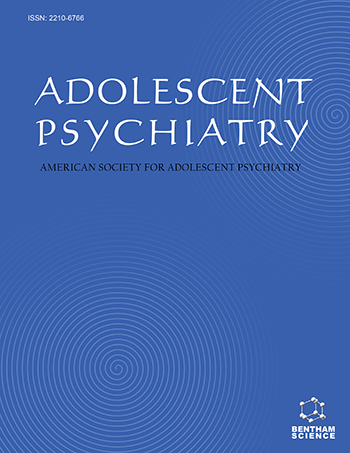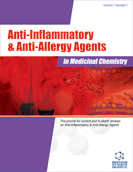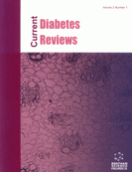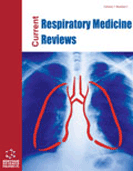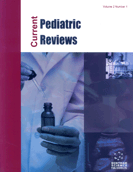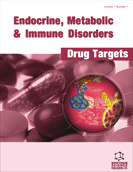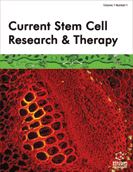Abstract
Objective: To explore the effectiveness of wet sheet packs on auto/hetero aggressive behaviors in children and adolescents hospitalized in a psychiatric setting.
Method: We reviewed the charts of all patients (N=8) who received packing therapy in the context of resistance to behavioral interventions, milieu therapy and medications from 2005-2009. We scored the level of auto/hetero aggressive behaviors per patient for each day they were hospitalized. Inter-rater reliability was good (Intraclass correlations=0.91). We used a mixed generalized linear model to assess whether the following explanatory variables (time, typical and atypical antipsychotics, mood stabilizer, sedative drug, stimulant and wet sheet pack) influenced the course of aggression over time, the dependant variable.
Results: Using univariate analysis, the only variables that were found to be associated with a significant decrease in auto/hetero aggressive score were time (p=8 10-3), atypical antipsychotics (p=.027) and packing therapy (p=10-9). Effect of packing therapy remained significant after adjustment for atypical antipsychotics (p=1.8 10-9) and for time (p=.0017).
Conclusion: In addition to atypical antipsychotics and milieu therapy, the results of this exploratory study suggest that wet sheet packs may be effective in relieving auto/hetero aggressive behaviors.
Keywords: Aggressive behavior, effectiveness, packing, child, adolescent, wet sheet packs, Auto/Hetero Aggressive Behaviors, psychiatric setting, milieu therapy, atypical antipsychotics


